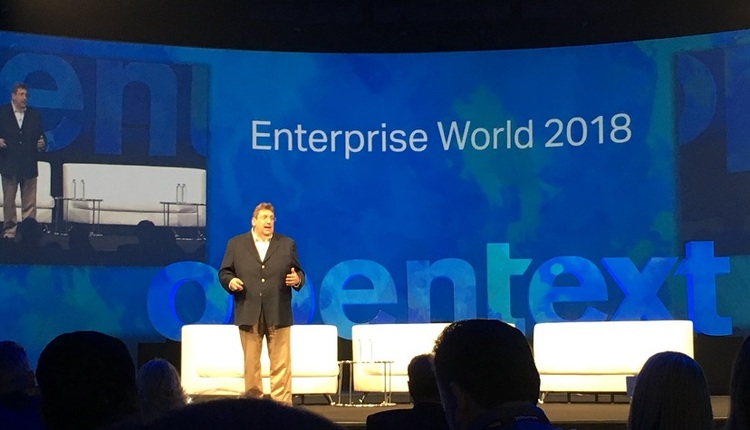
Cloud infrastructures can have many variations (software as a service, infrastructure as a service, platform as a service and managed hosting), and within each of these models, a cloud deployment can be private, public, community or a combination of one or more of these, also known as a "hybrid cloud."
Specifically, within the digital asset management (DAM) and to some extent in enterprise content management (ECM) technology spaces, a hybrid architecture is perhaps the least straightforward. There are many reasons for this, but huge file sizes and security implications, in particular, become paramount. Consequently, you'll find broadly different approaches to implementing a hybrid architecture.
Inside and out
One approach is to have at least two DAM (or ECM) systems:
Specifically, within the digital asset management (DAM) and to some extent in enterprise content management (ECM) technology spaces, a hybrid architecture is perhaps the least straightforward. There are many reasons for this, but huge file sizes and security implications, in particular, become paramount. Consequently, you'll find broadly different approaches to implementing a hybrid architecture.
Inside and out
One approach is to have at least two DAM (or ECM) systems:
- One that is an in-premise system accessible to your users inside your firewall.
- Another on the outside, accessible to a broader user base—your partners and customers.
In this approach, the two systems can be totally different tools or two instances of the same tool. You use some kind of a sync technique to copy your files (selectively, if required) across the two platforms (or two instances of the same platform). For example, this is useful in DAM scenarios where your internal users can collaborate internally on large-sized broadcast files, and when they are ready, the final file is copied to be shared with the outside world.
Some vendors (e.g., EMC) have acquired cloud file-sharing tools to offer this kind of functionality. The acquired platform is different from their traditional on-premise offering, but a sync service synchronizes files between them. On the other hand, some vendors (e.g., Alfresco, Microsoft) can deploy multiple instances of their platform across different environments and then synchronize among them.
Variable storage
Another hybrid approach involves using a single system that employs multiple storage options, often based on access and security considerations. In this approach, you typically use a combination of in-house storage and public cloud-based storage to selectively store files. Using this mechanism, you can keep a highly confidential set of files within your private cloud (or simply your own on-premise storage array), while allowing more generic documents to reside in the public cloud.
And more
There are other alternatives as well, and as you can imagine, the use cases and scenarios for these alternatives will vary. Consequently, you will need to apply different technical skills, infrastructures and architectures. You also probably need different governance and processes, depending on these variations.
So, when your vendor says they support “hybrid DAM” or "hybrid ECM," you should dig deeper and clarify what hybrid means in that context.
Some vendors (e.g., EMC) have acquired cloud file-sharing tools to offer this kind of functionality. The acquired platform is different from their traditional on-premise offering, but a sync service synchronizes files between them. On the other hand, some vendors (e.g., Alfresco, Microsoft) can deploy multiple instances of their platform across different environments and then synchronize among them.
Variable storage
Another hybrid approach involves using a single system that employs multiple storage options, often based on access and security considerations. In this approach, you typically use a combination of in-house storage and public cloud-based storage to selectively store files. Using this mechanism, you can keep a highly confidential set of files within your private cloud (or simply your own on-premise storage array), while allowing more generic documents to reside in the public cloud.
And more
There are other alternatives as well, and as you can imagine, the use cases and scenarios for these alternatives will vary. Consequently, you will need to apply different technical skills, infrastructures and architectures. You also probably need different governance and processes, depending on these variations.
So, when your vendor says they support “hybrid DAM” or "hybrid ECM," you should dig deeper and clarify what hybrid means in that context.
This post was published originally on the Real Story Group Blog. Copyright 2015. Real Story Group is a research and advisory firm focused on digital workplace and marketing technologies. For more information on their vendor evaluations, visit www.realstorygroup.com. Apoorv Durga is a senior analyst at the Real Story Group and covers search, web content and experience management, portals, digital marketing, social media monitoring, mobile and SharePoint. Follow him on Twitter @apoorv.





















